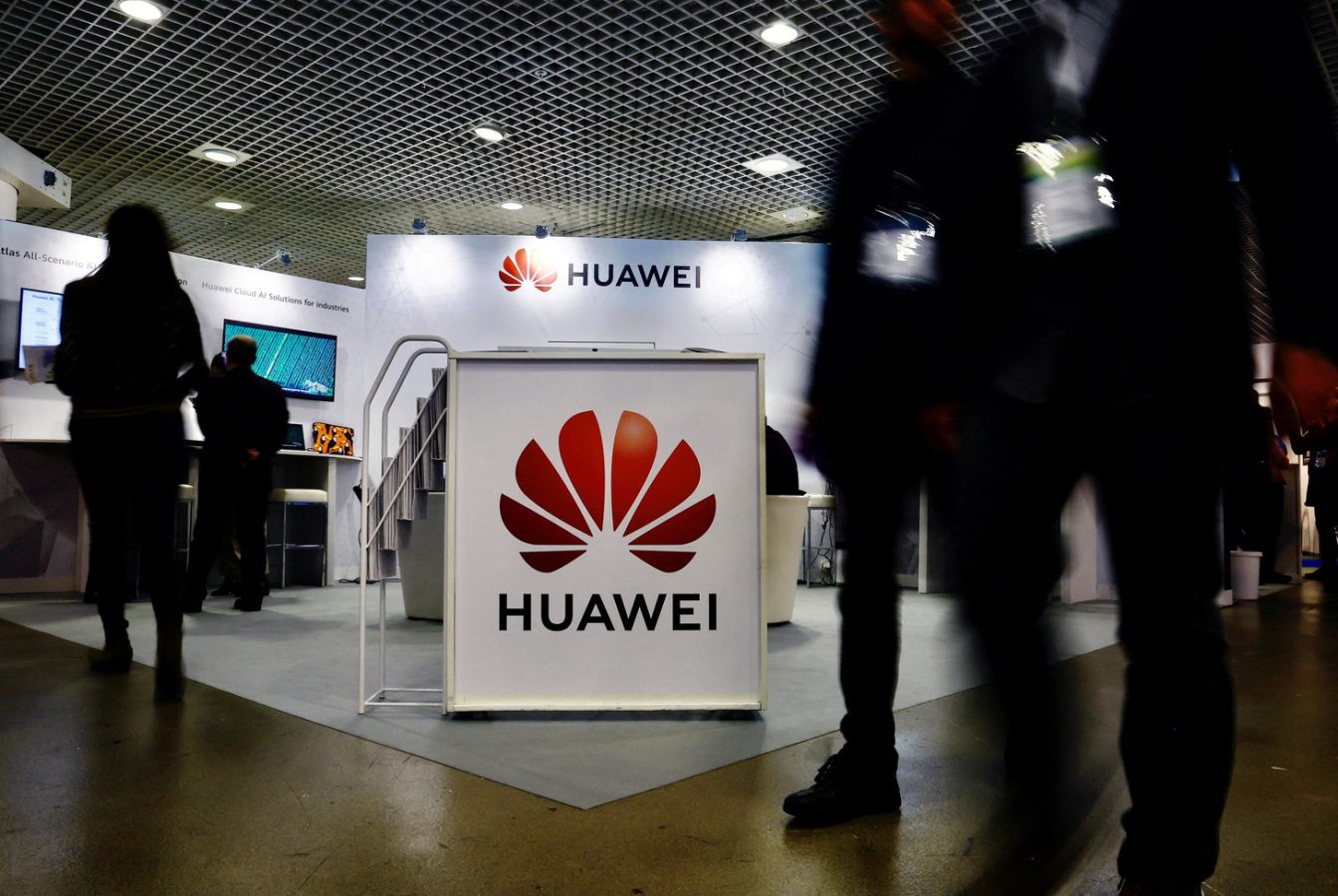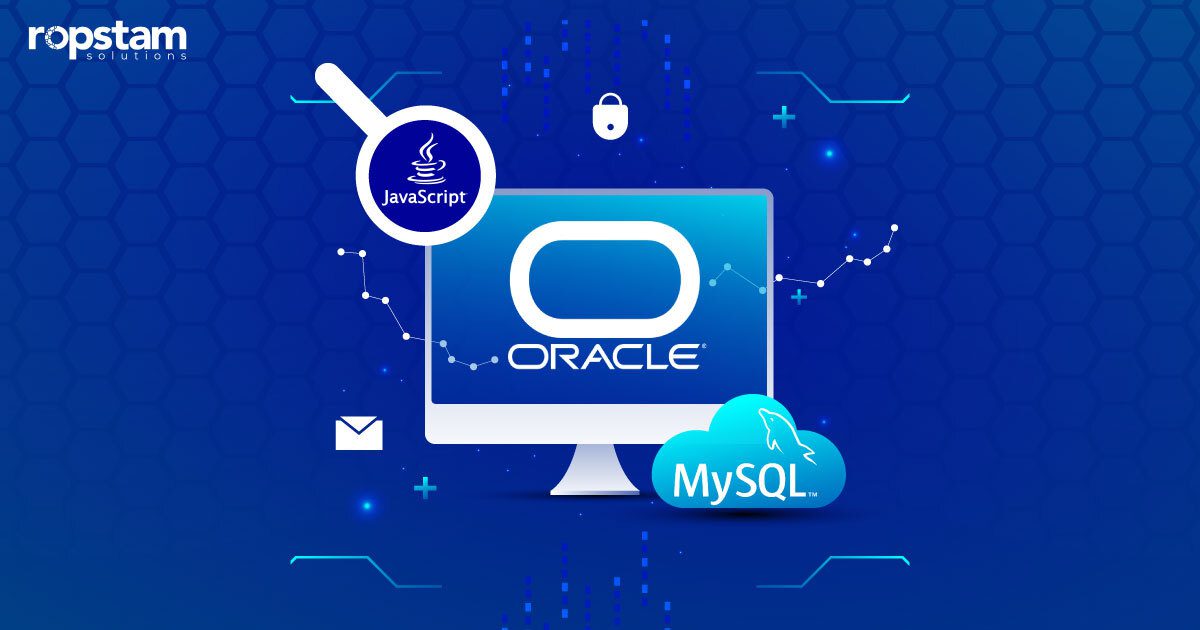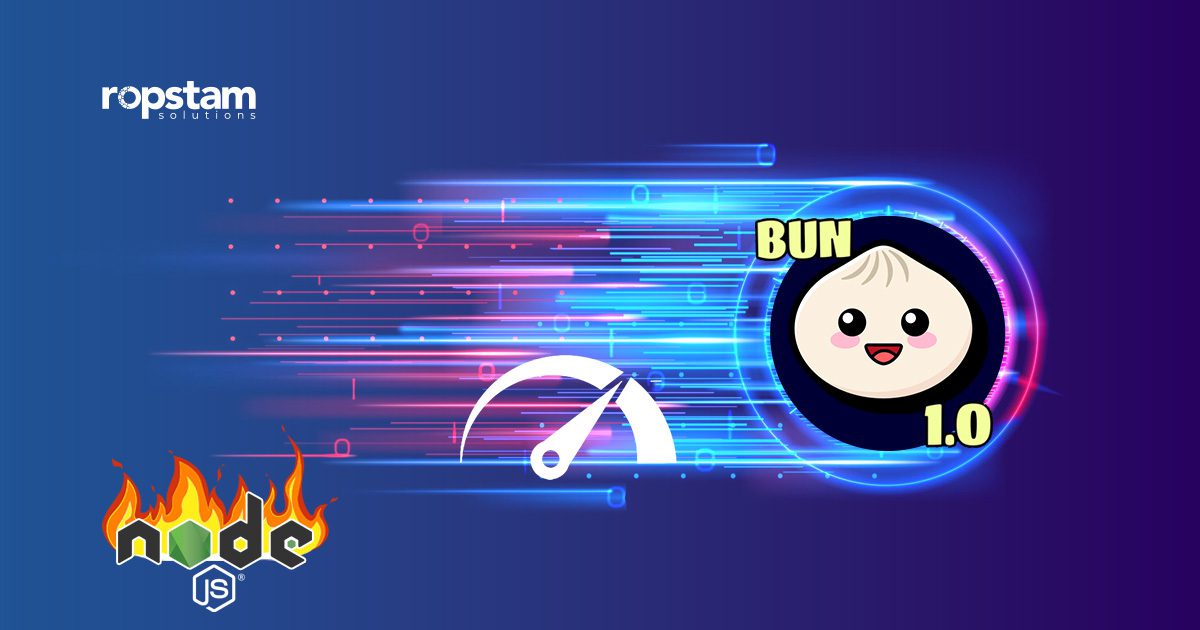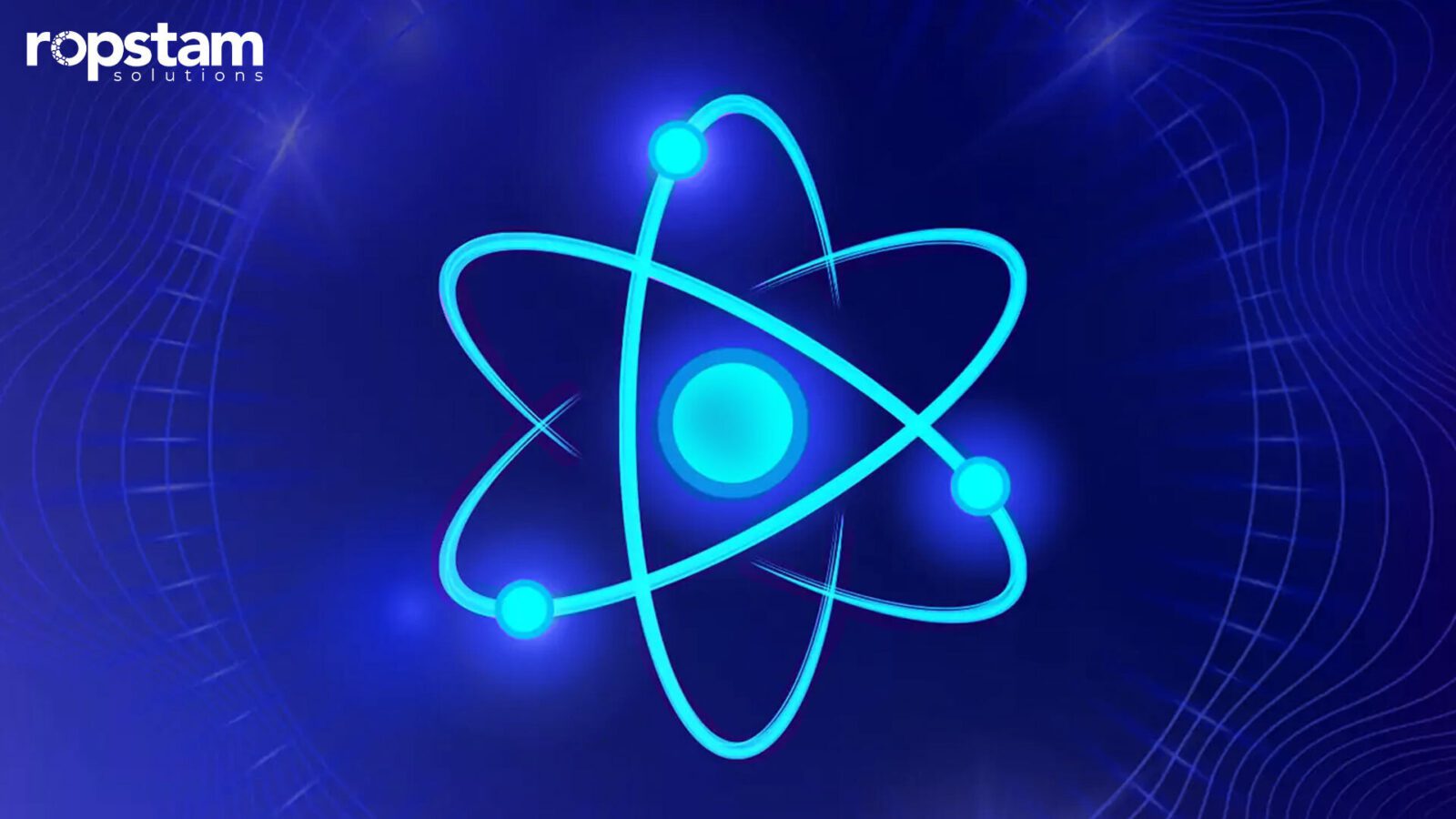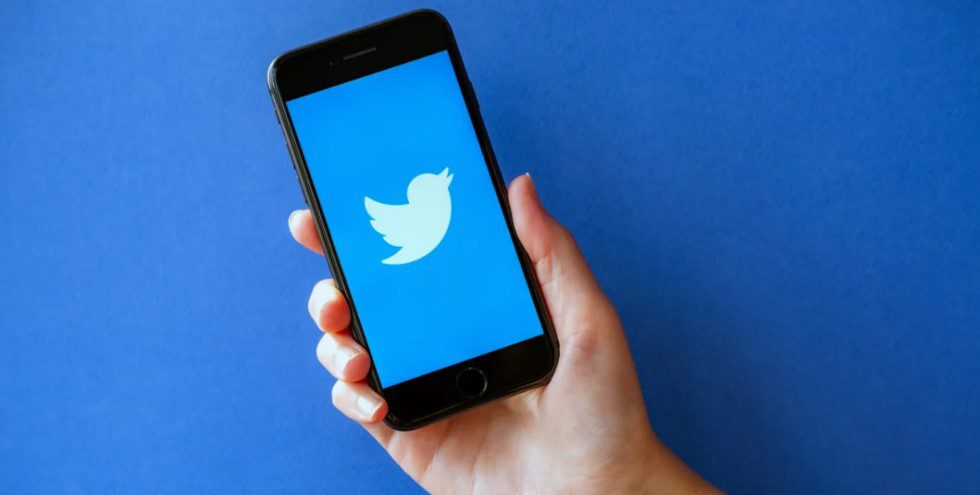At the World Artificial Intelligence Conference, Alibaba Cloud and Huawei have introduced revolutionary new products. Alibaba Cloud, which is a subsidiary of the Alibaba company, unveiled AI products, including an AI image generator Tongyi Wanxiang. On Friday, Huawei, the Chinese Technology Corporation, launched the third version of its Panggu model to kickstart the three-day Conference.
Alibaba’s image generator will compete with OpenAI’s famed DALL-E, a US-based tool with a massive following. Apart from the image generator Tongyi Wanxiang– translated to English as “truth from tens of thousands of pictures” – Alibaba also introduced a useful AI tool for developers named ModelScopeGPT.
Similarly, Huawei’s AI model intends to serve industrial usages rather than just focusing on generating content like the conventional chatbots. These two modern AI-powered tools are predicted to gain massive attraction from users across the globe in the future.

The Rise and Rise of ChatGPT
Ever since the inception of OpenAI’s AI-based conversational bot ChatGPT last year, the general public’s interest in AI has skyrocketed. ChatGPT entered history books by attracting a record number of users in the first month of its release.
Since then, tech companies around the world have been planning to release their own ChatGPT rivals to stay relevant in the race for AI dominance. According to a recent statistic, generative AI is expected to add a whopping $7.3 trillion to the world economy each year.
Chinese tech companies have also heavily invested in AI to compete with popular US-based AI-powered tools. In April, Chinese ecommerce giant Alibaba released its ChatGPT rival, named Tongyi Qianwen, to join the race.
With the ever-increasing interest in AI, you can expect tech companies to release more and more AI products, with a special interest in Natural Language Processing Models, thanks to the unprecedented prevalence of ChatGPT and its successor GPT-4. Only time will tell how much users these newly released AI tools can manage to gain.

